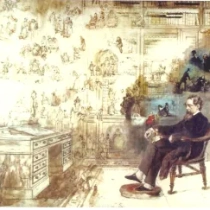 1804 - 1875
realism
1804 - 1875
realism
Description Robert William Buss
Robert William Buss, a Victorian painter and illustrator, born in 1804, brought historical scenes and literary characters to life with his meticulous brushwork and narrative flair. His artistic journey unfolded amid the dynamic cultural landscape of 19th-century England.
Buss's early years saw him immersed in the world of theater and literature, working as an illustrator for publications like "Pickwick Papers" by Charles Dickens. His collaboration with Dickens marked the beginning of a fruitful relationship, as Buss's illustrations added visual depth to the vivid characters and narratives penned by the literary giant.
Buss's artistic talents extended beyond illustration into the realm of historical painting. His notable work, "Dickens' Dream," encapsulated the literary zeitgeist of Victorian England. In this ambitious painting, Dickens is portrayed surrounded by his beloved characters, capturing the essence of the author's imaginative world. Despite its initial rejection by the Royal Academy, "Dickens' Dream" has since become a celebrated depiction of the literary atmosphere of the time.
Beyond his connection to Dickens, Buss exhibited a keen interest in historical subjects. His paintings often depicted scenes from literature, theater, and British history. Notable among these is "The Eve of the Battle of Edge Hill," which captures a pivotal moment in the English Civil War with a meticulous attention to detail.
Buss's dedication to historical and literary themes, coupled with his narrative approach, positioned him within the broader currents of Victorian art. His works reflected a fascination with the intersection of literature, history, and visual storytelling that characterized the era.
Despite his achievements, Buss faced financial struggles, and the changing art landscape of the mid-19th century presented challenges. His commitment to historical narrative painting, while celebrated for its storytelling prowess, sometimes clashed with the prevailing artistic trends.
Robert William Buss passed away in 1875, leaving behind a body of work that continues to offer a captivating glimpse into the Victorian imagination. His dedication to bringing literature to life on canvas, coupled with his narrative finesse, has secured his place as a distinctive figure in the tapestry of 19th-century British art. Buss's legacy endures not only in the frames of his paintings but also in the rich narratives that continue to resonate with admirers of Victorian literature and art.
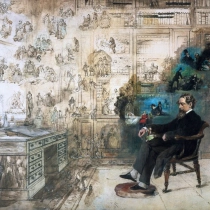

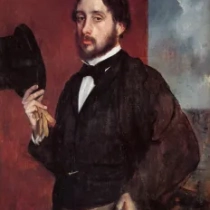
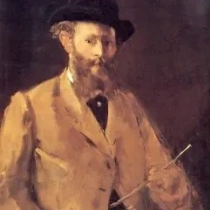
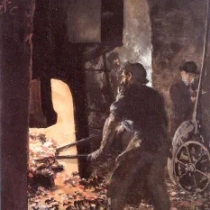
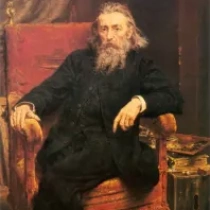
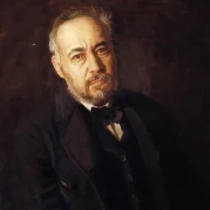
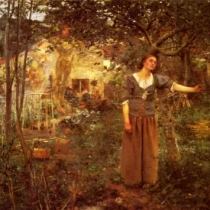
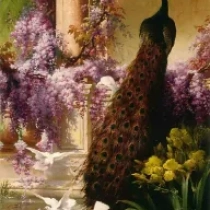
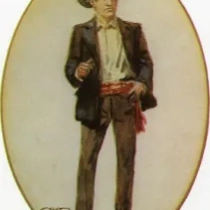
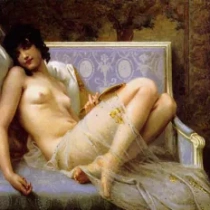



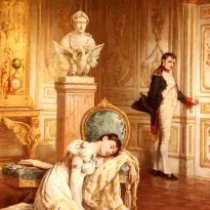
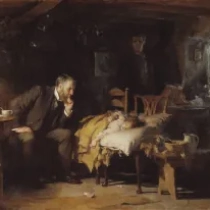

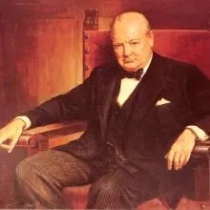




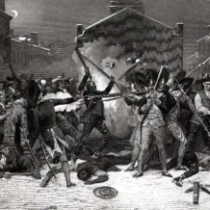
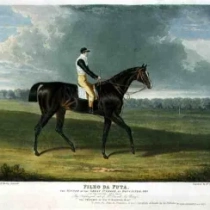
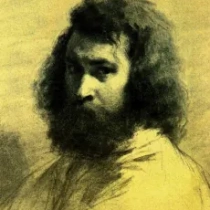
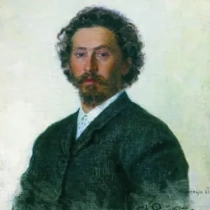
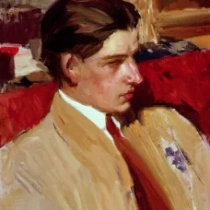

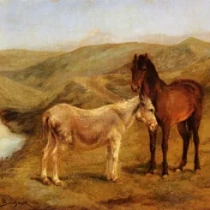
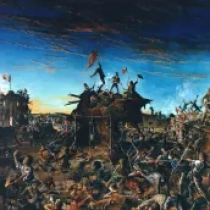
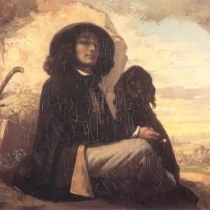
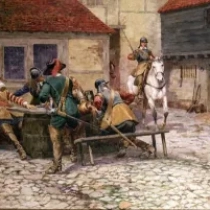



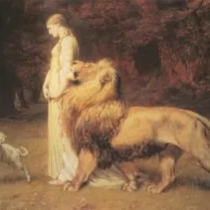

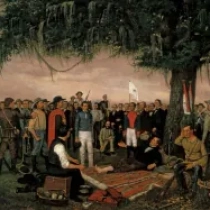
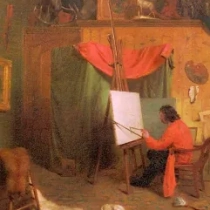
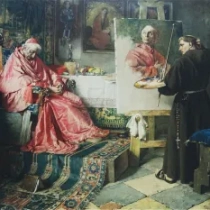
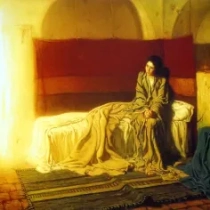
No Comments Yet...